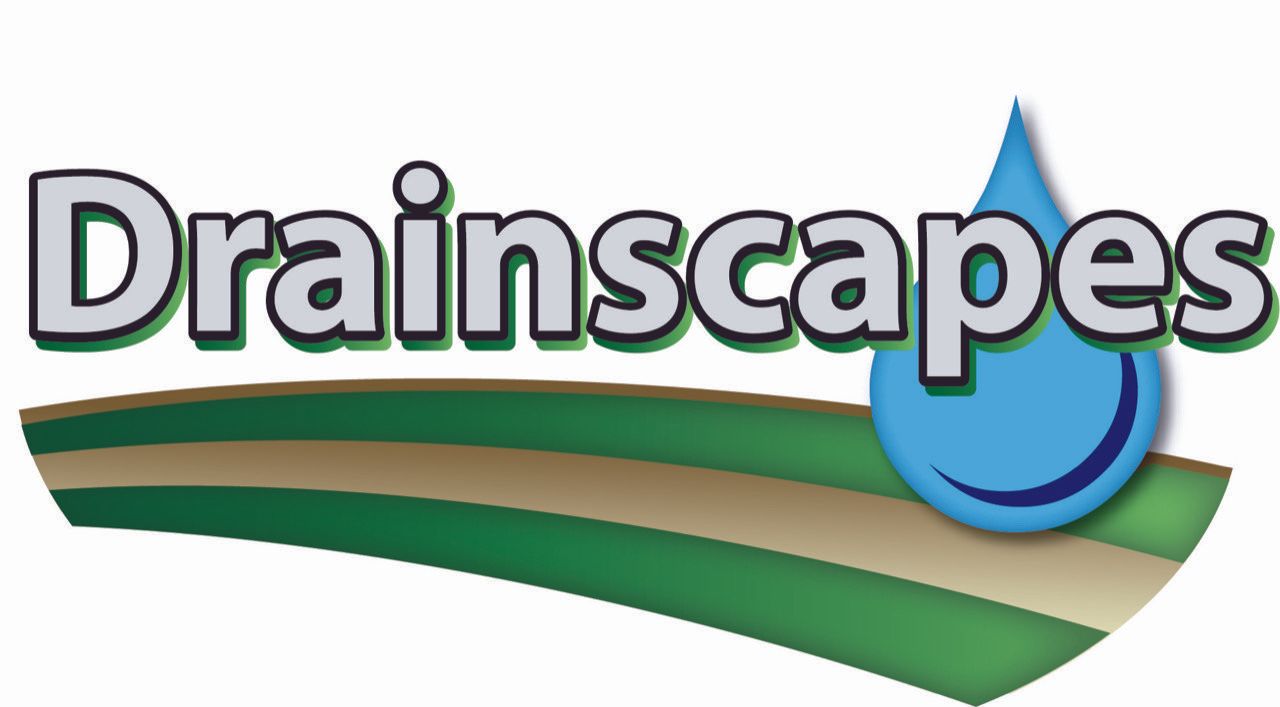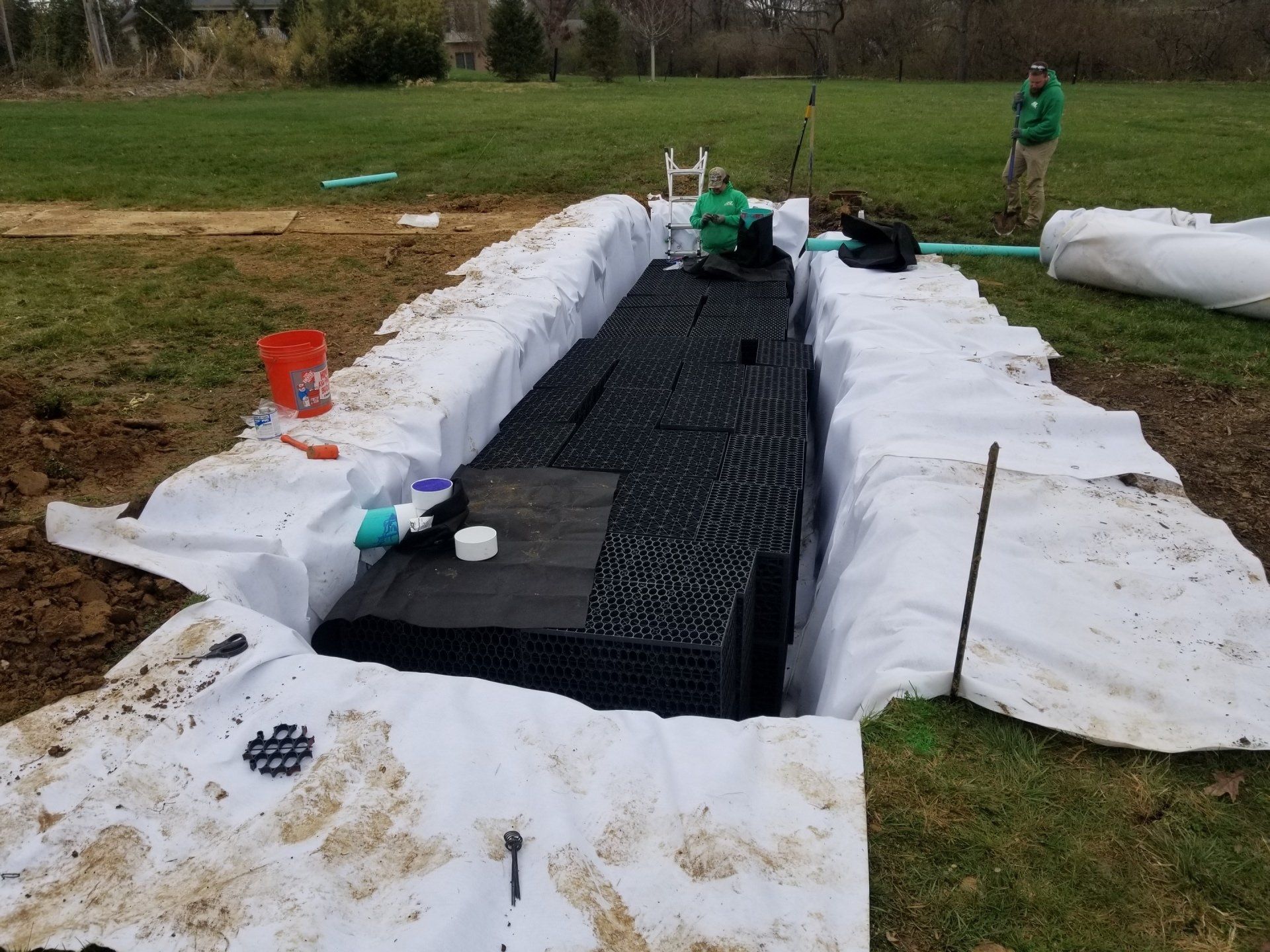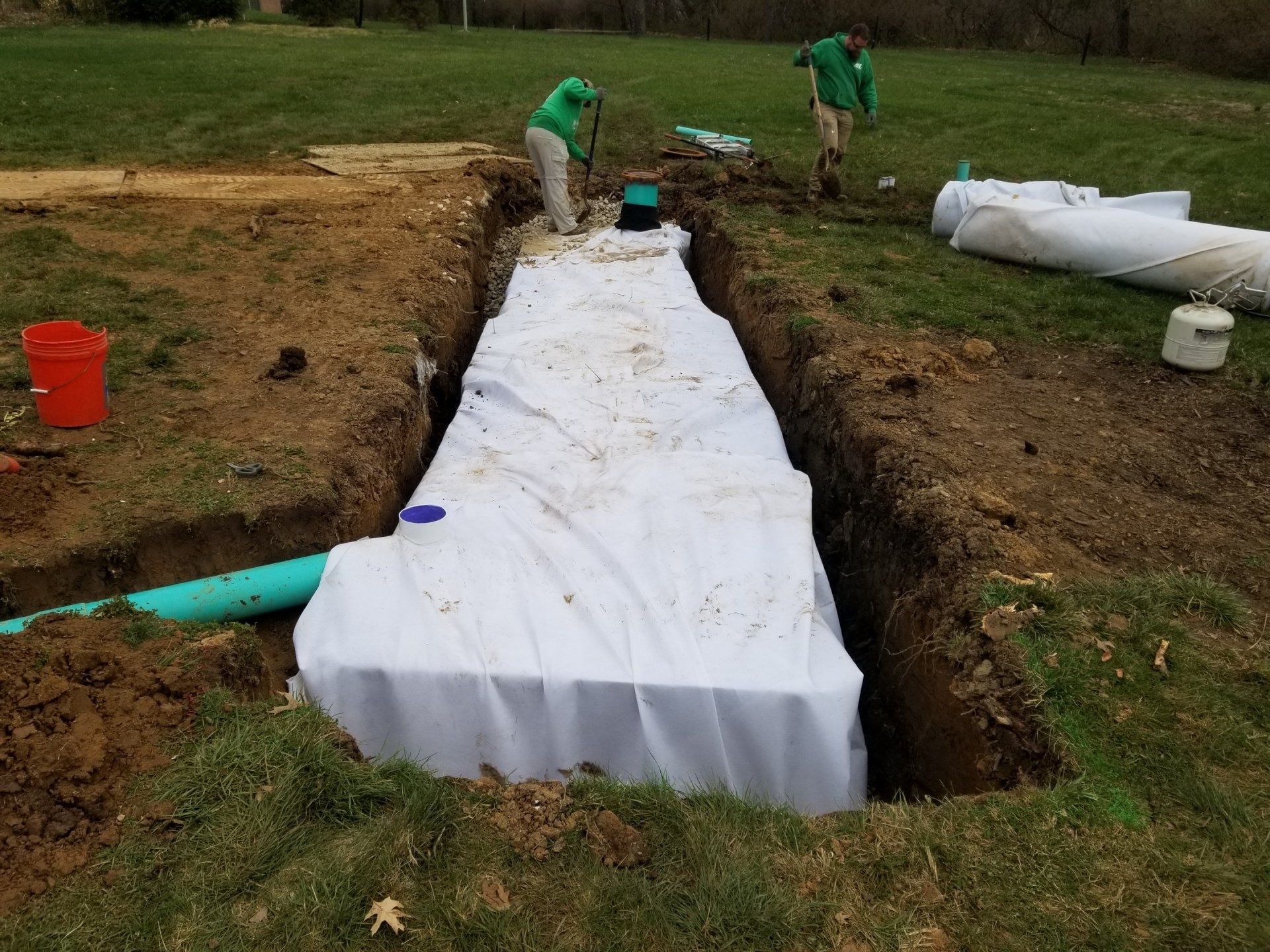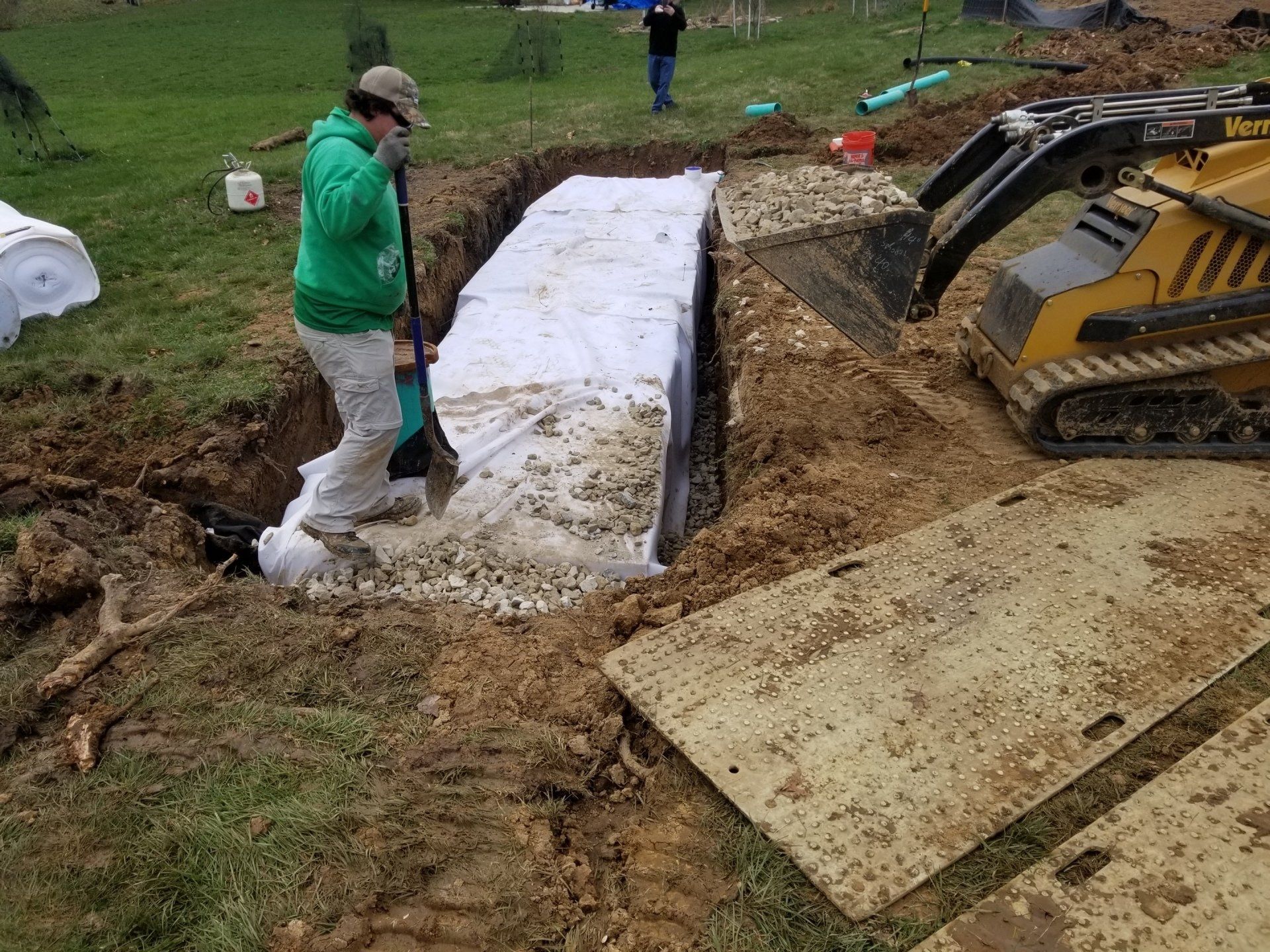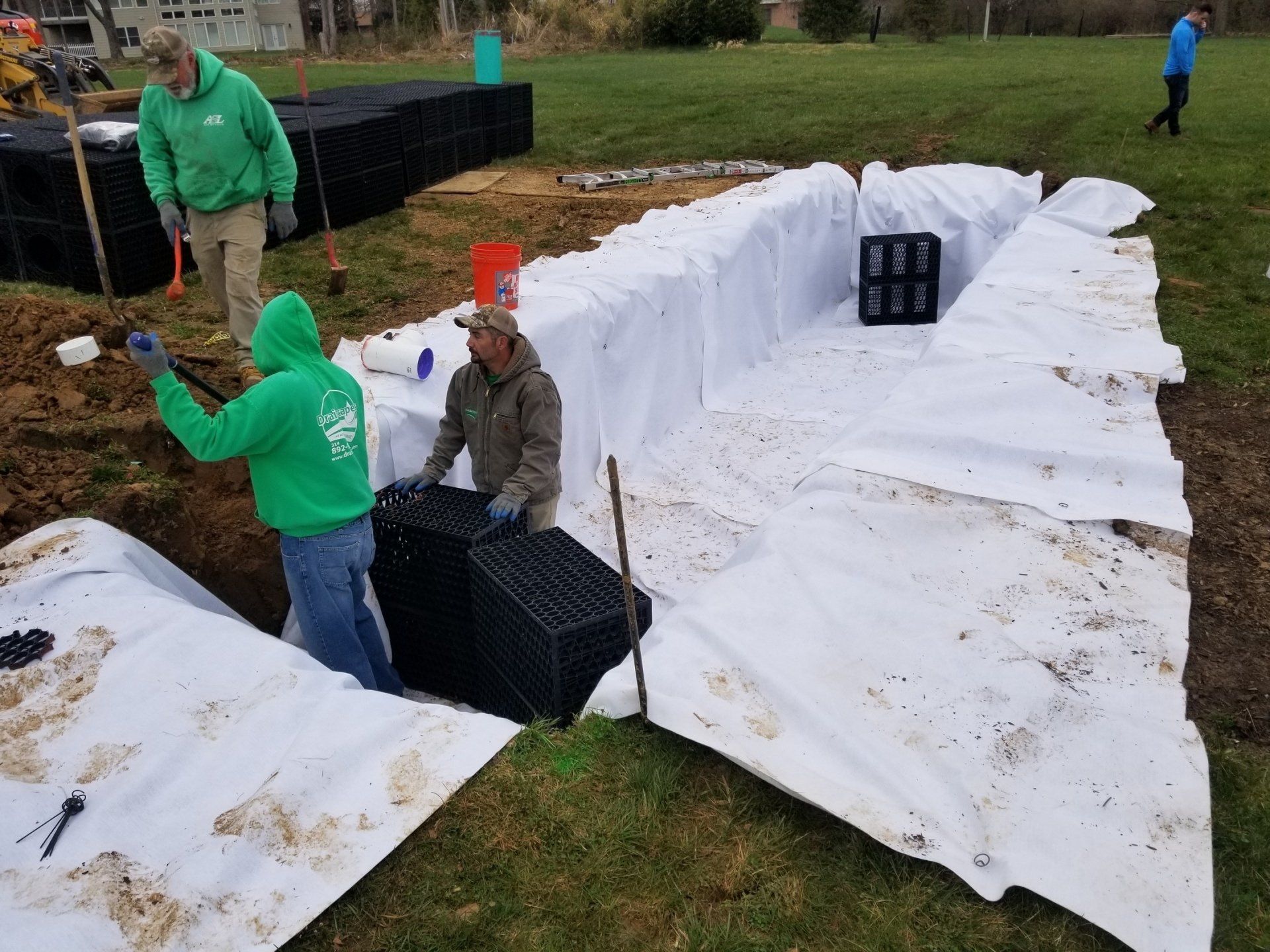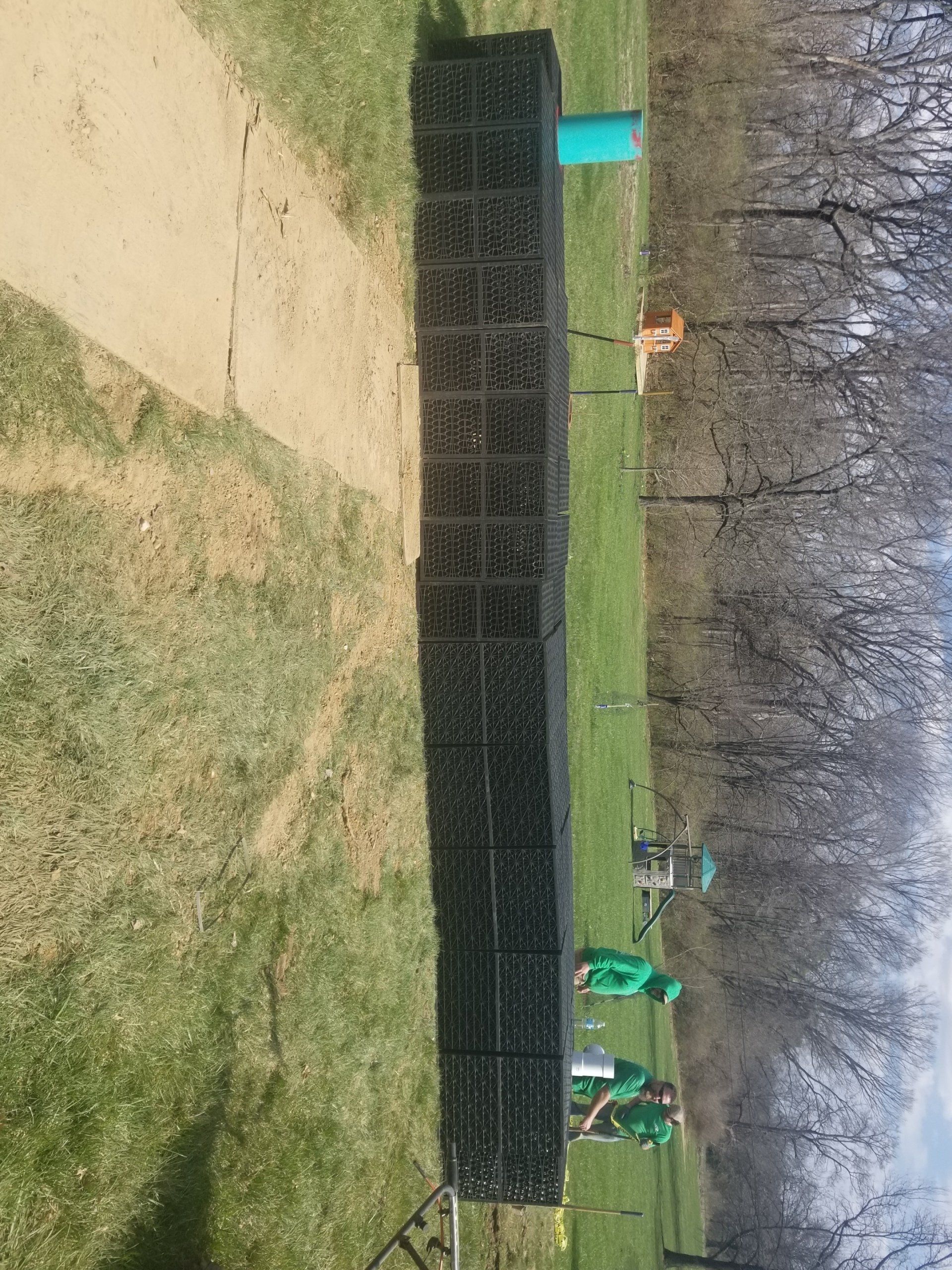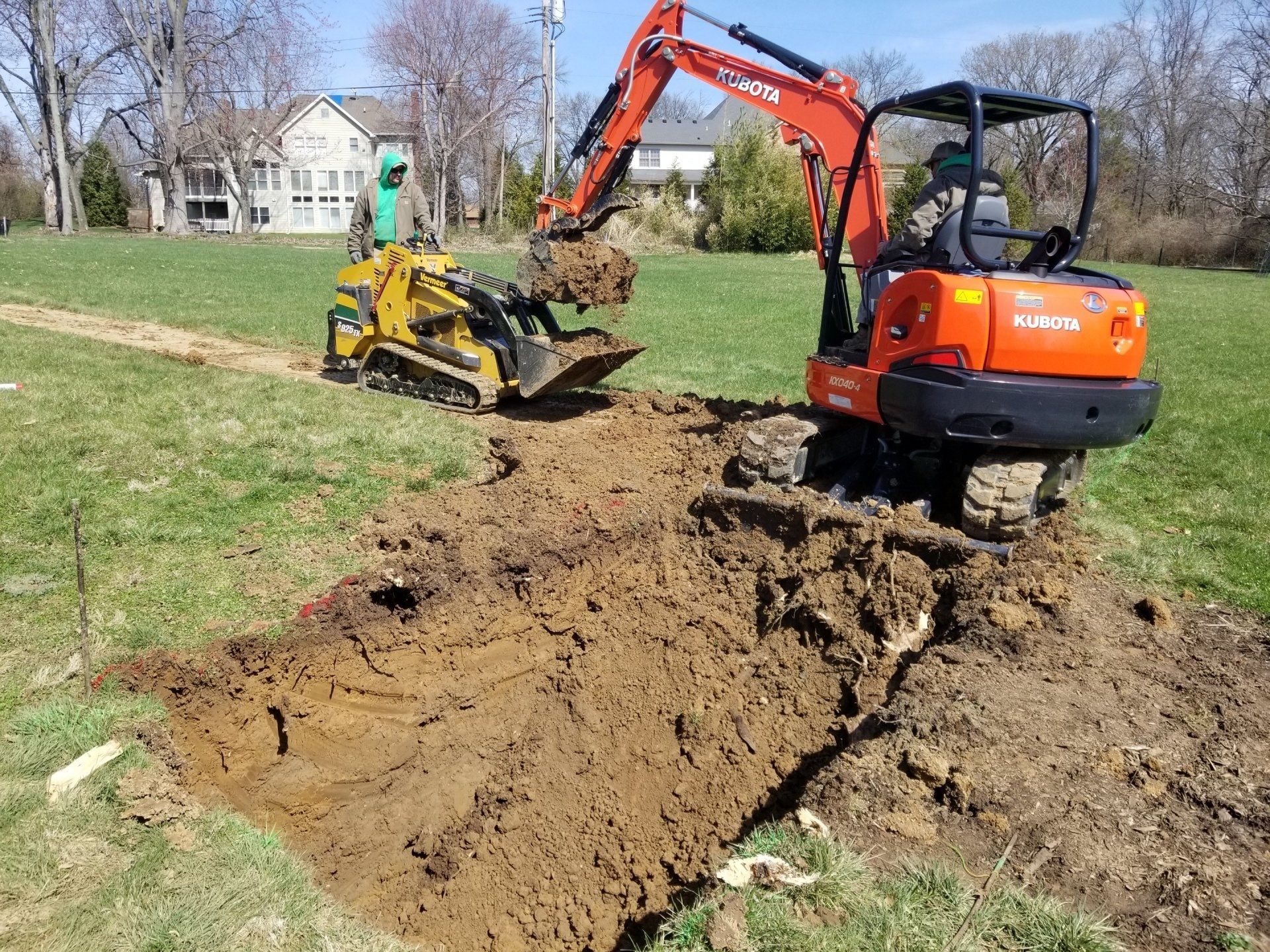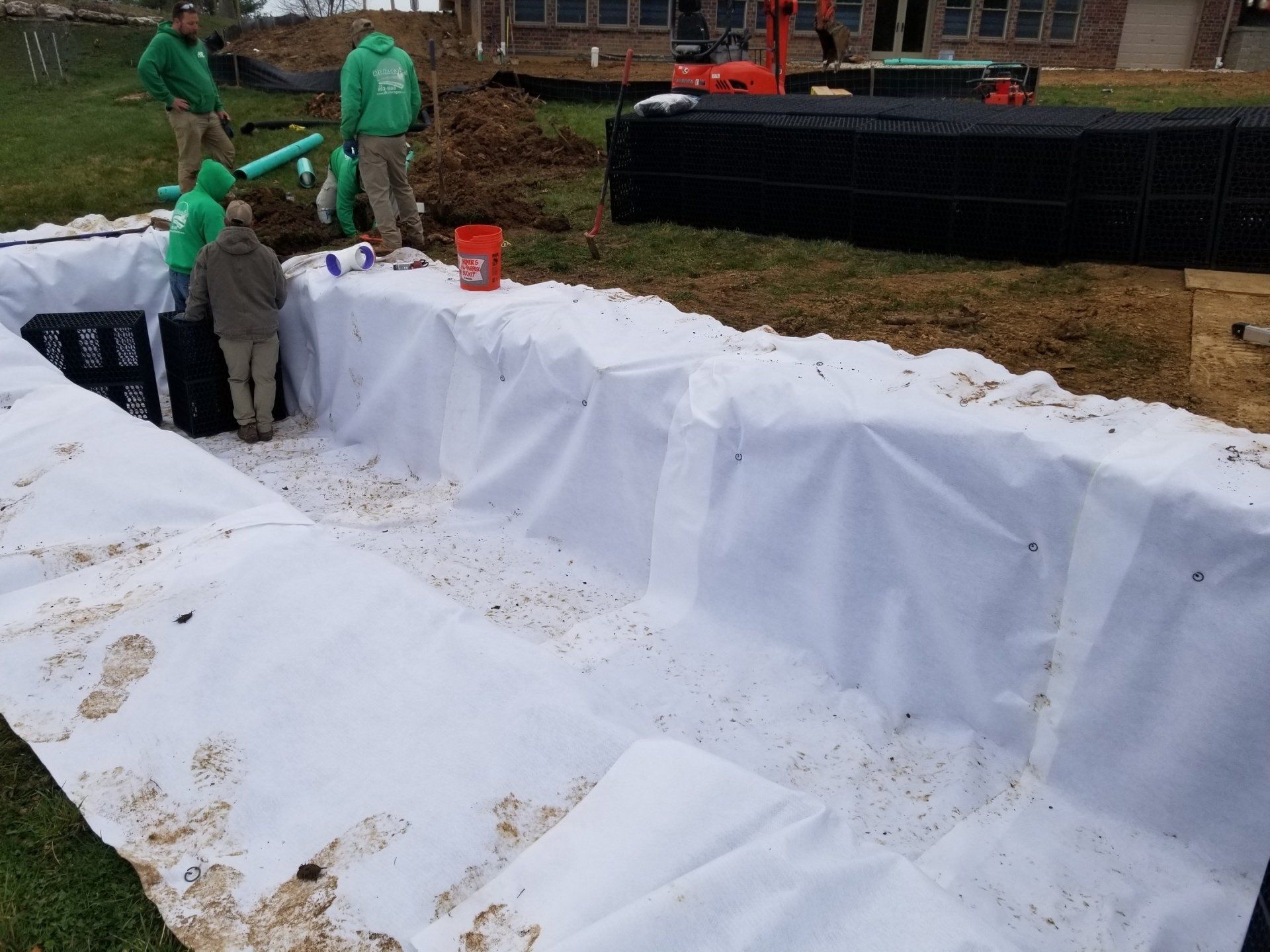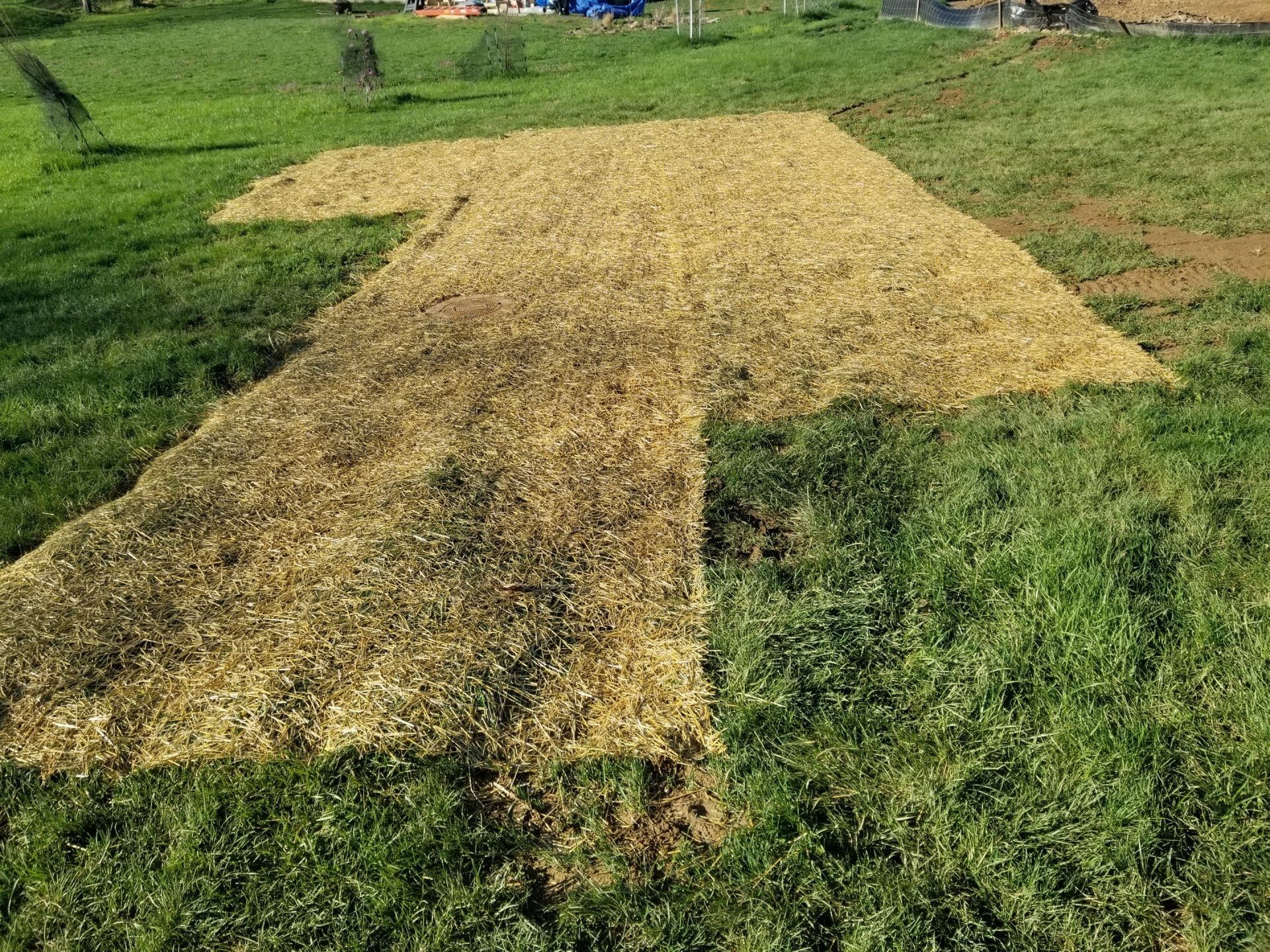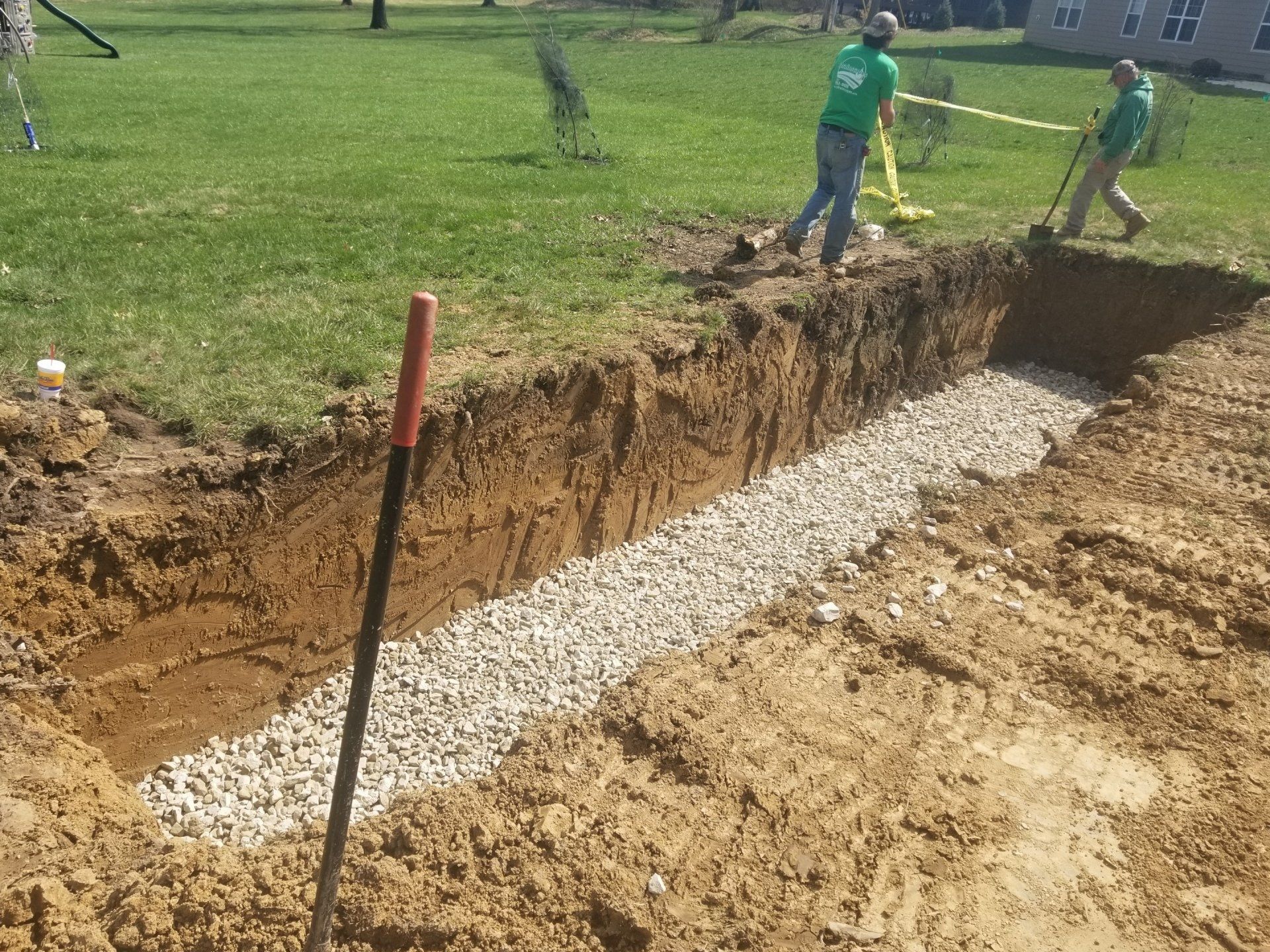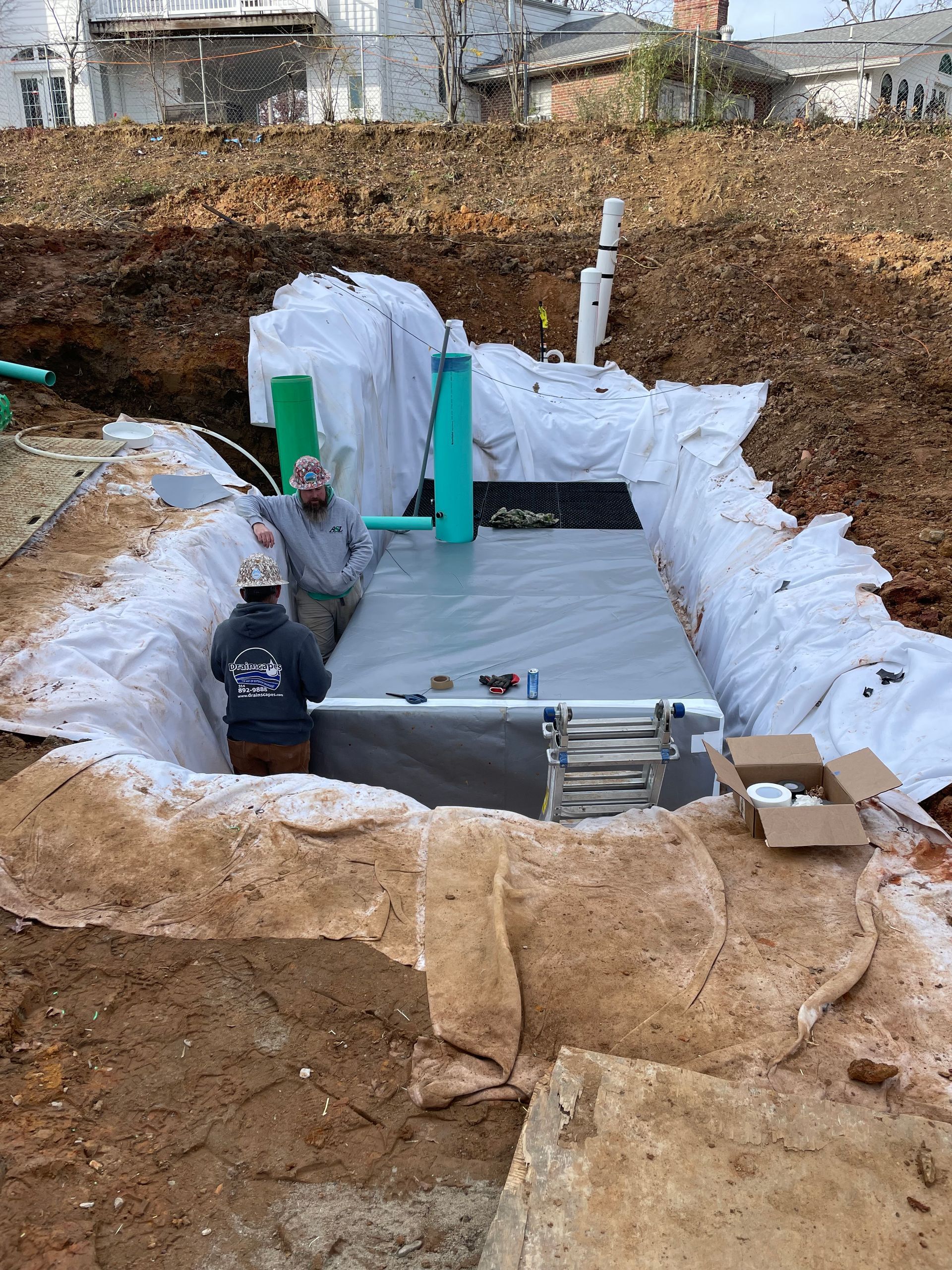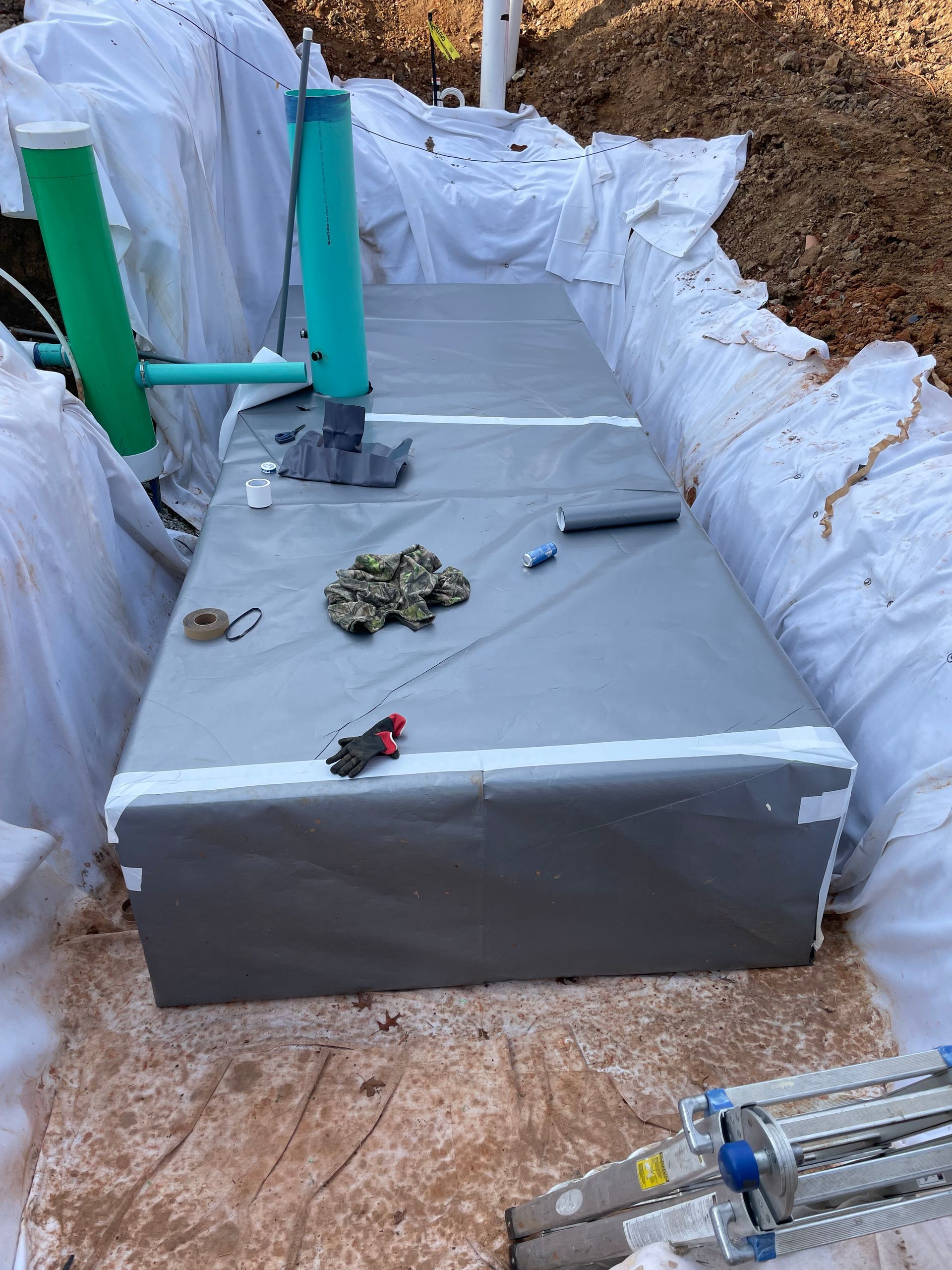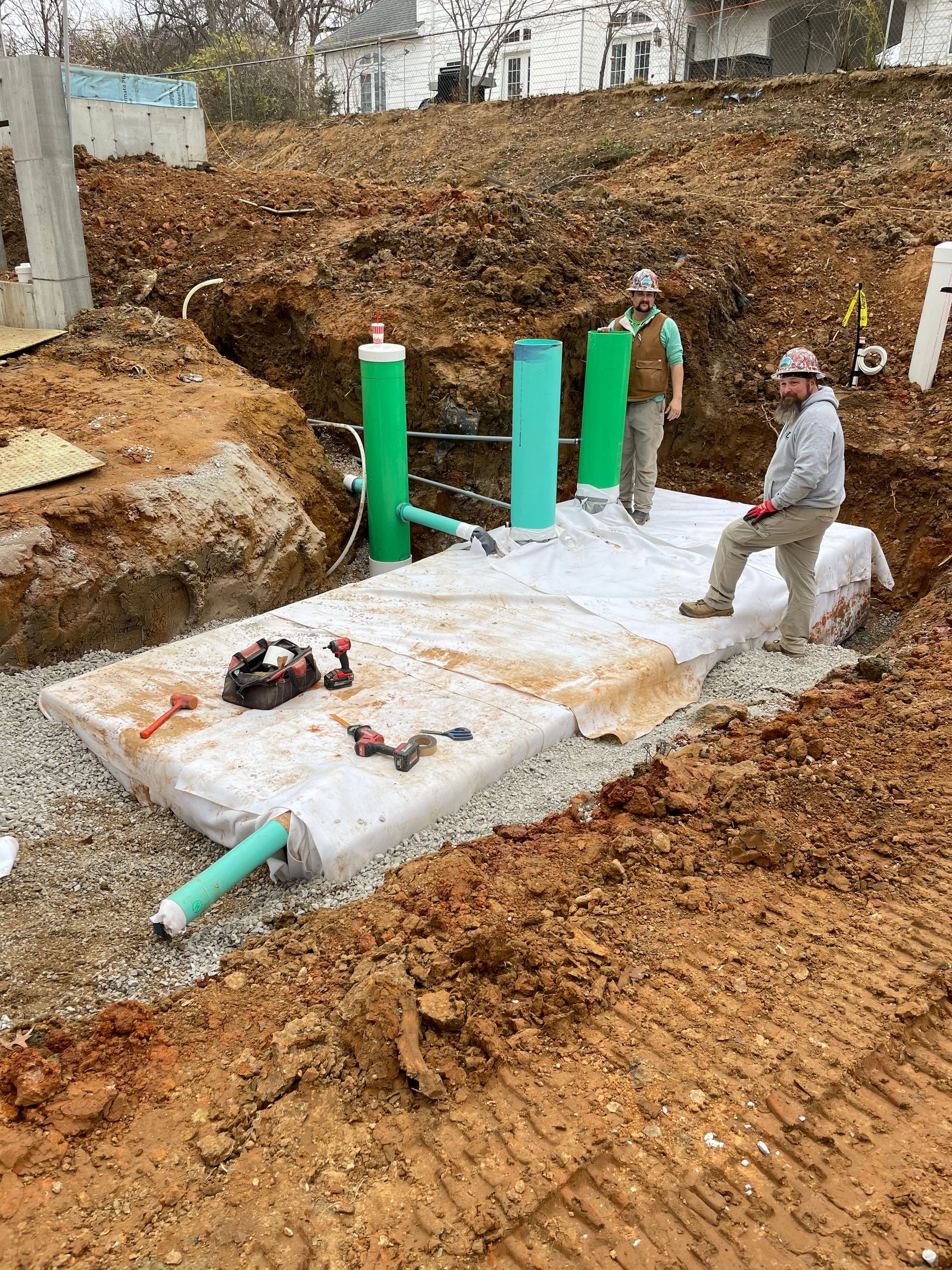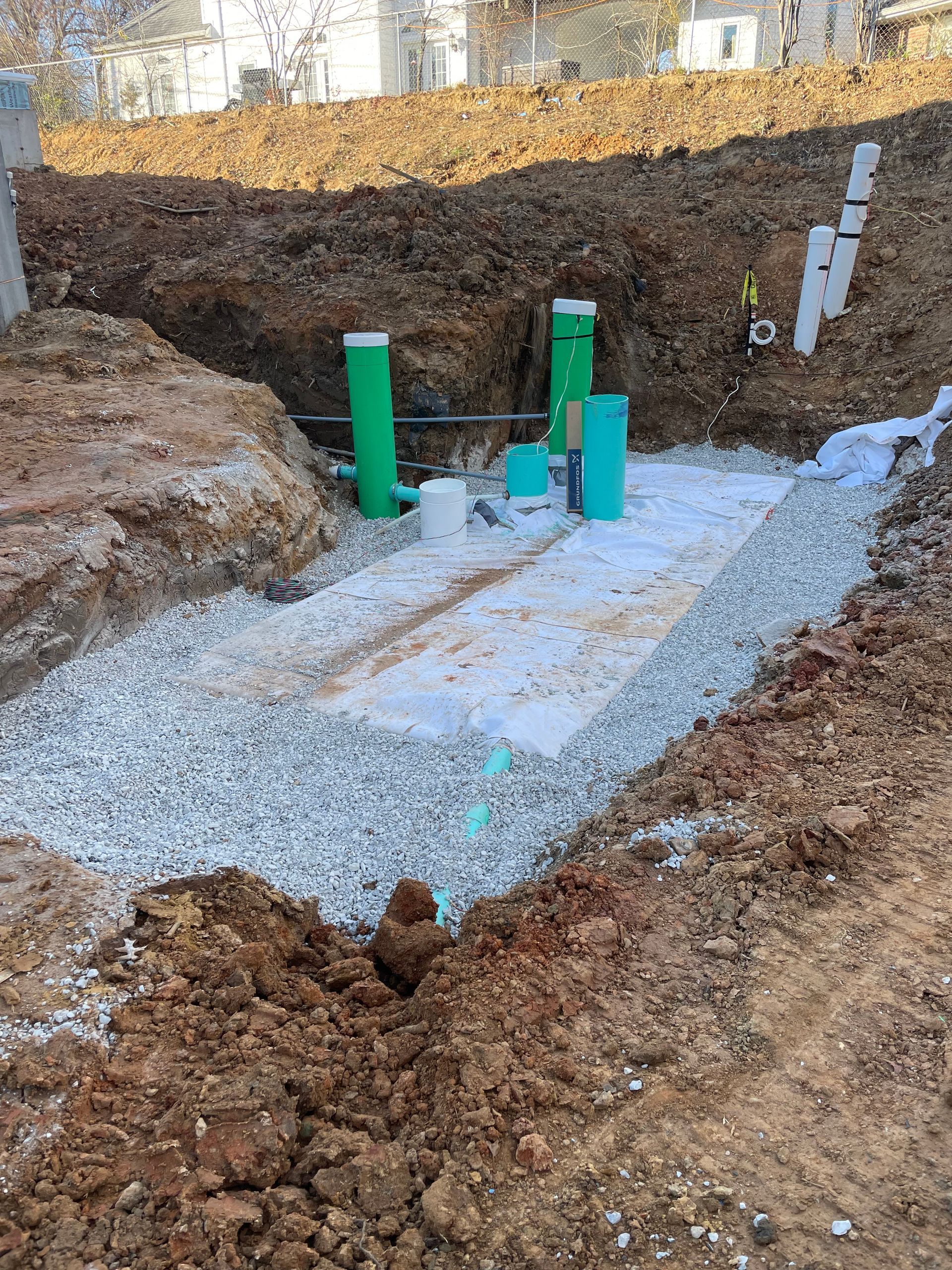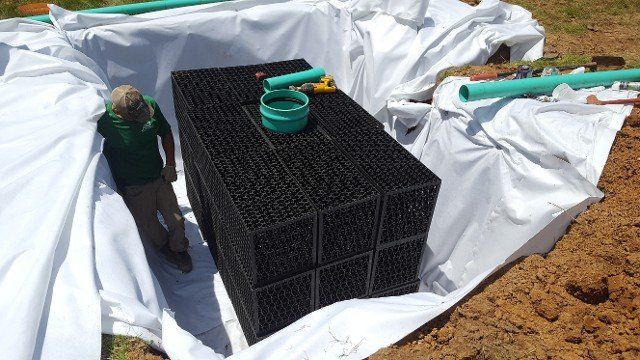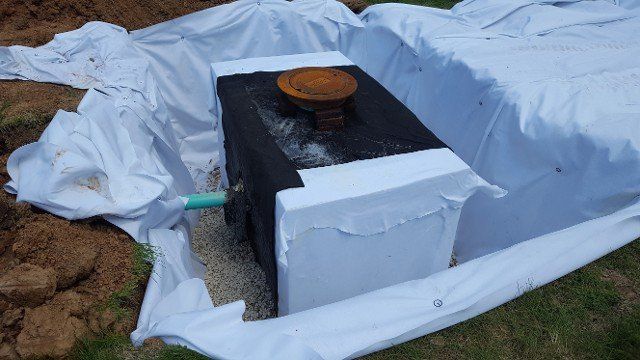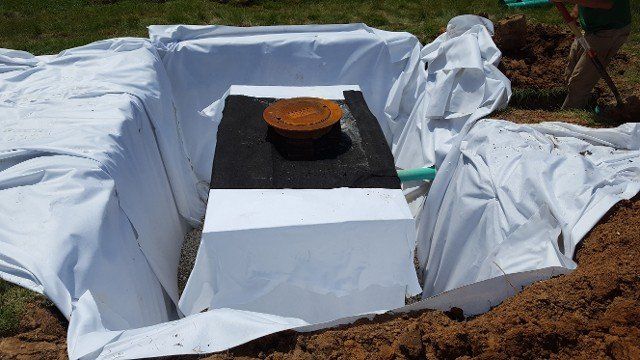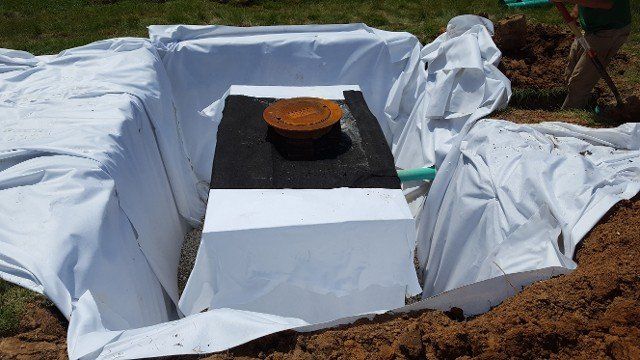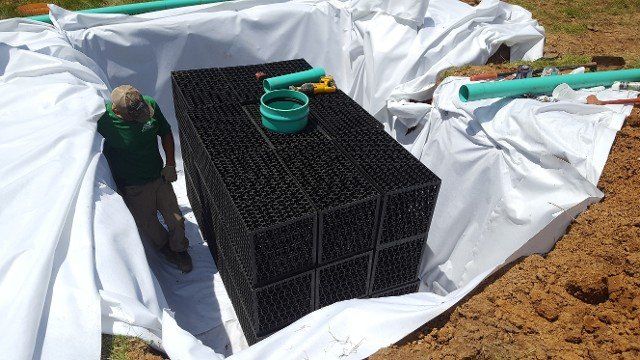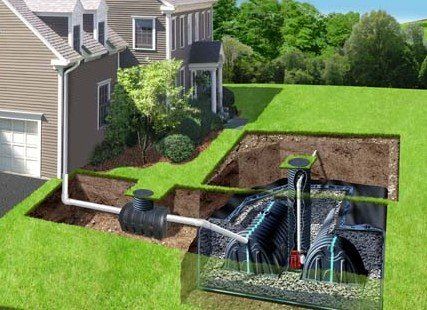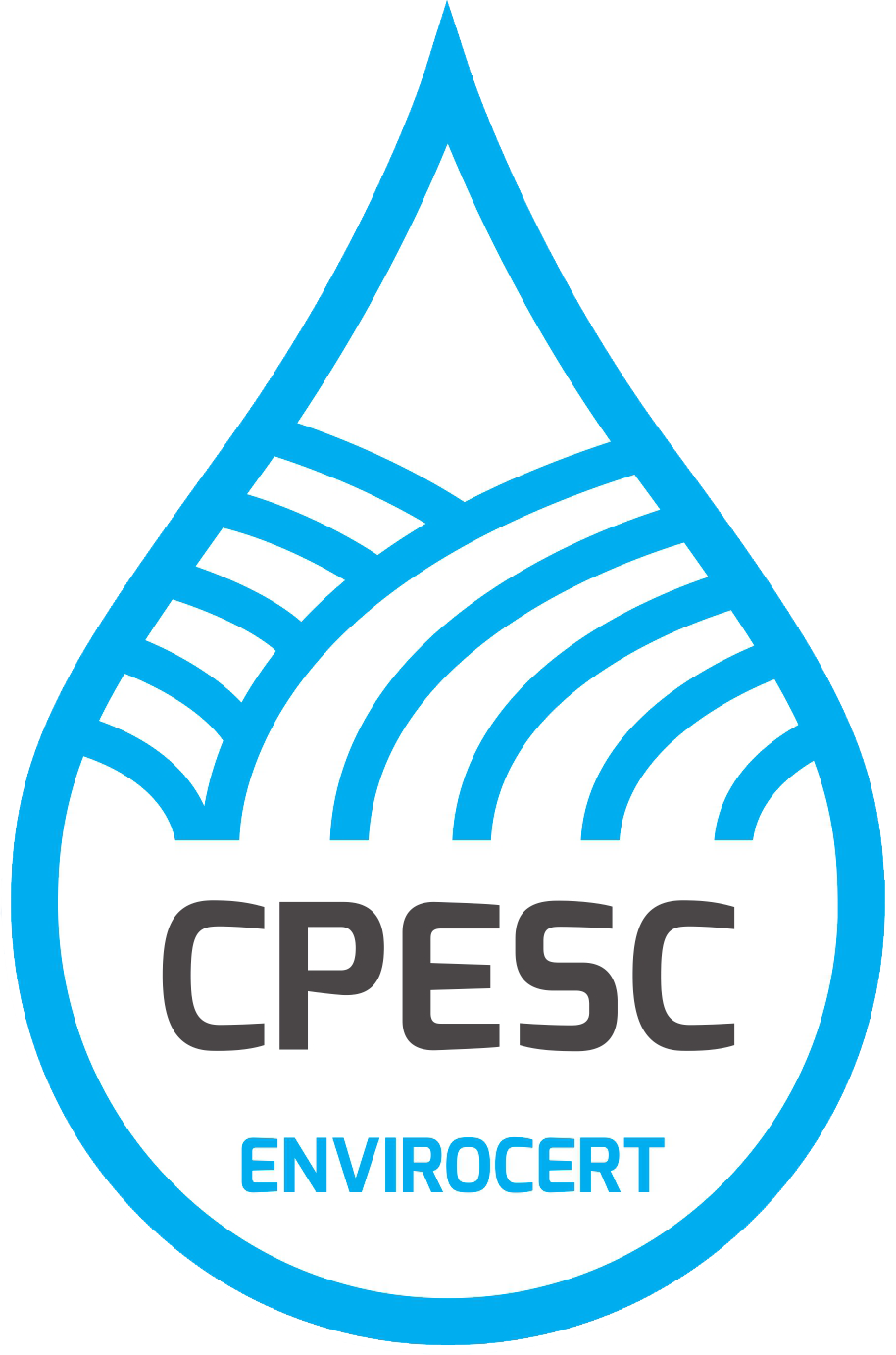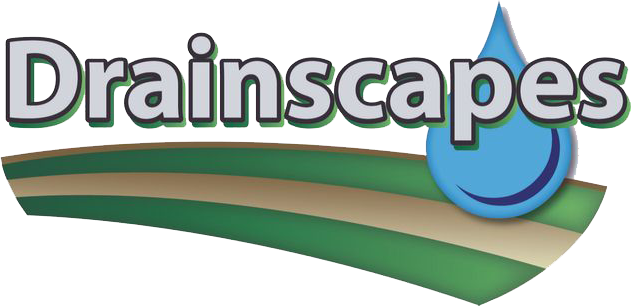DRAINSCAPES
StormWater Collection
StormWater Collection
R-Tank & Flo-Well Systems
Custom R-Tank installations and designs provide underground storage of stormwater. This system can be used for detention, infiltration and recycling stormwater when the site/property is flat with limited slope for pipe outlets above grade. R-Tank and Flo-Wells are both now commonly used as underground detention media as required by developing STL municipal ordinances for collecting stormwater from impermeable surfaces such as roofs and pavement. R-Tanks are more efficient and allow easier access for future maintenance. Flo-Wells are more ideal for smaller applications. We offer design, installation, and annual maintenance inspections for all underground storage systems and stormwater cells.
Cistern Systems
Rainwater Harvesting
Rainwater and StormWater collection is a smart and environmentally friendly practice that can also save you money on your water and utility bills. It also lessens the amount of water racing into the storm sewer at peak times.
The average American uses about 100 gallons of water per day for showers, toilet flushing, clothes washing, cooking and lawn watering.
Drainscapes designs and provides systems capable of harvesting rain water, without causing further problems related to drainage.
Bioretention
Bioretention is a commonly used method to help process and facilitate StormWater runoff using natural resources such as soil, rock, and plants.
There are 4 primary methods of bioretention:
Infiltration/Recharge
Filtration/Partial Recharge
Infiltration/Filtration/Recharge
Filtration Only
Most Retention Wells are Infiltration/Filtration/Recharge (partial) systems because they only have grass cover at normal ground-level grade. If they are depressed with plants as cover, they are truly considered Recharge because they are recharging an intentional plant ecosystem. Retention wells are used to safely convey impervious runoff (roofs, driveways, patios) during rain events. It's a form of bioretention that uses the soil on site and rock to store the runoff underground and then discharge through an outflow pipe when full.
The final product is reduced runoff. It slows the runoff by adding idle time, thus reducing runoff that will otherwise overwhelm streets and storm inlets causing flash flooding. These systems are now residential code in some urban areas. Bioretention wells are resource intensive, but very effective. THIS IS NOT A DRY WELL (Dry wells are much, much smaller capacity and do not have overflow piping).
